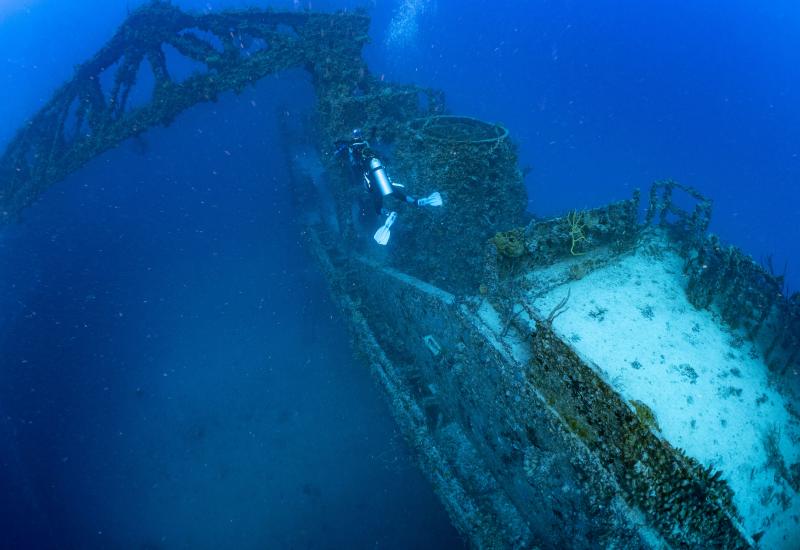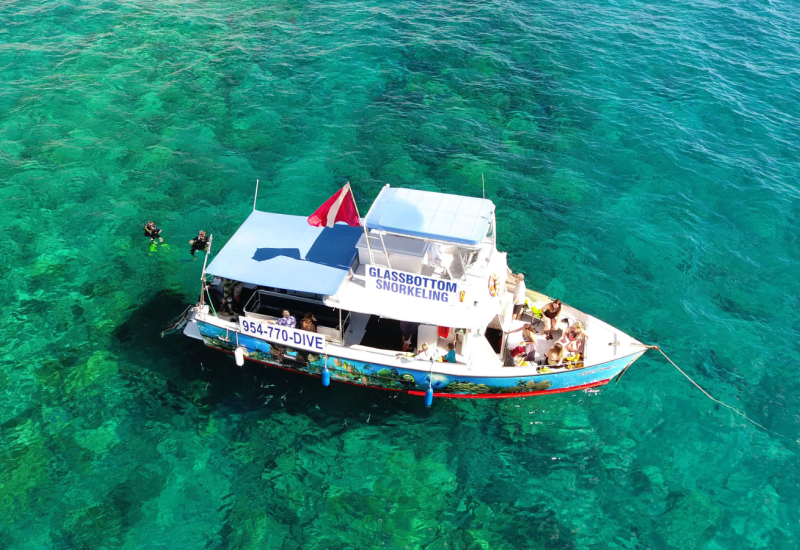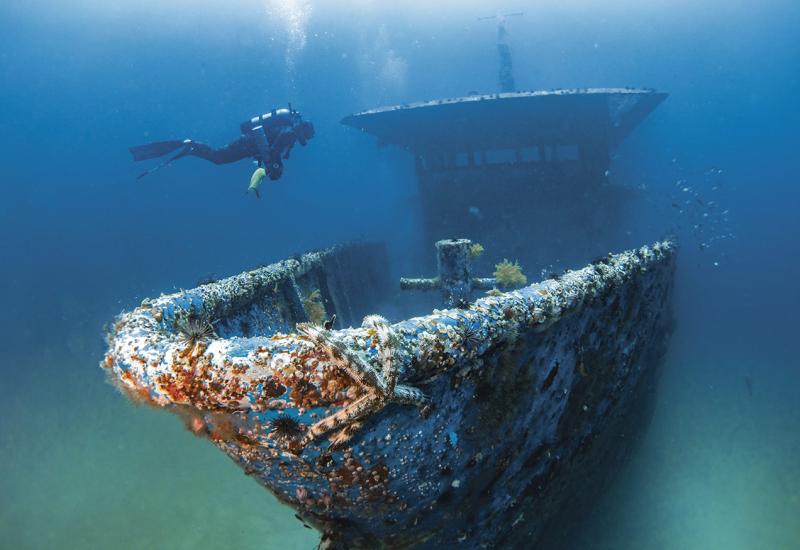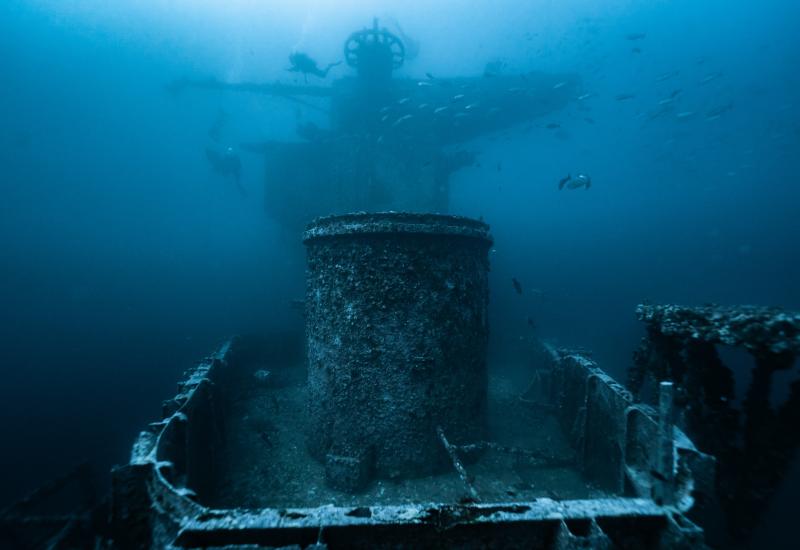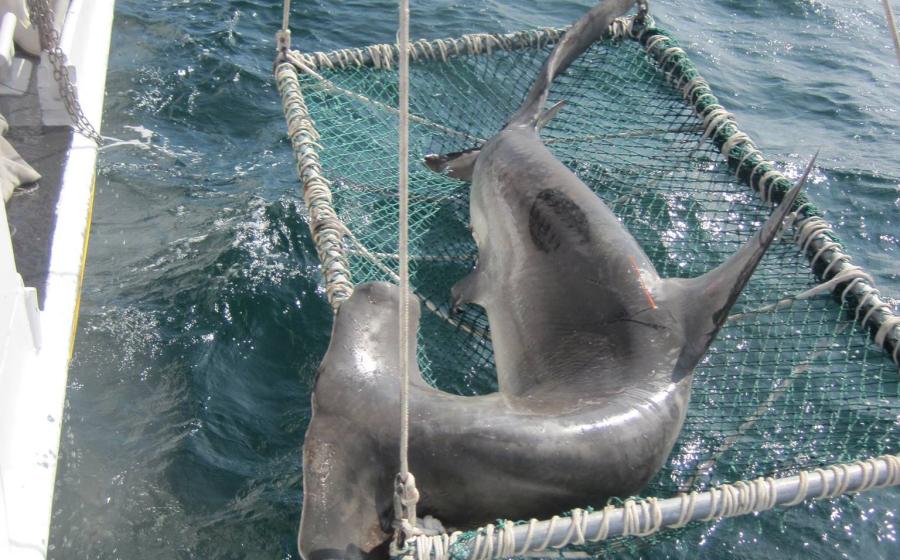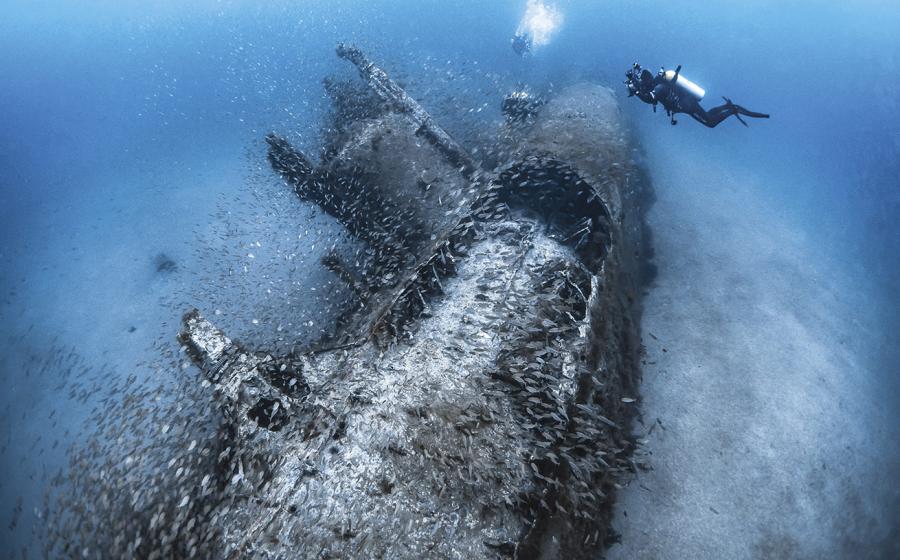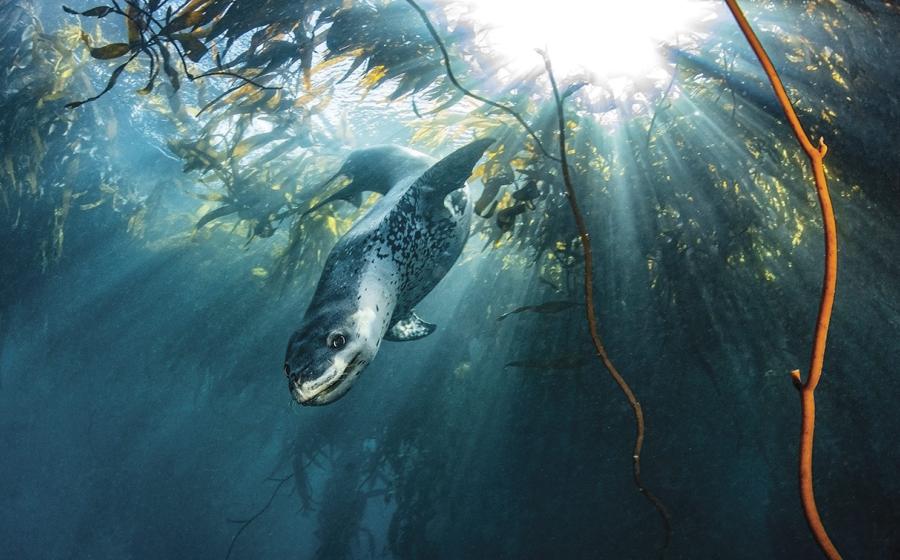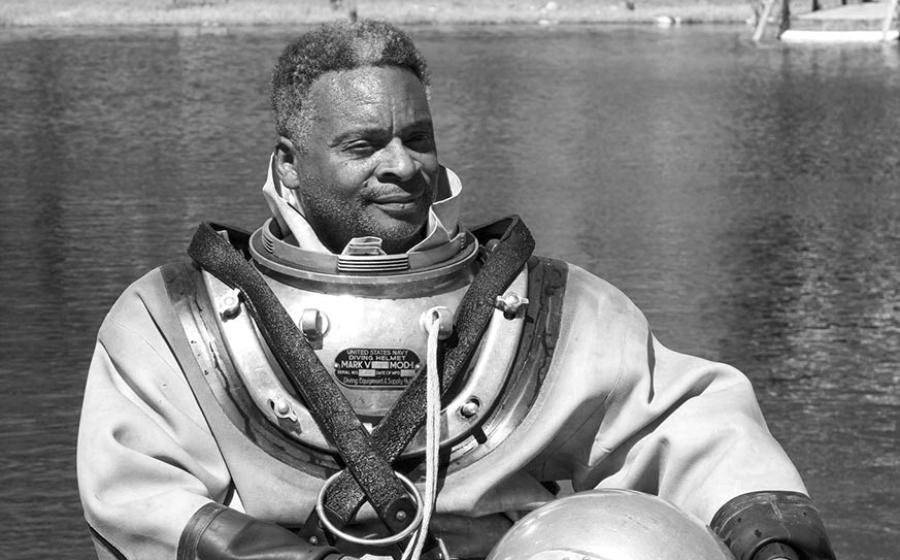Tiger Sharks: What Do We Know About Their Lives and Behavior?
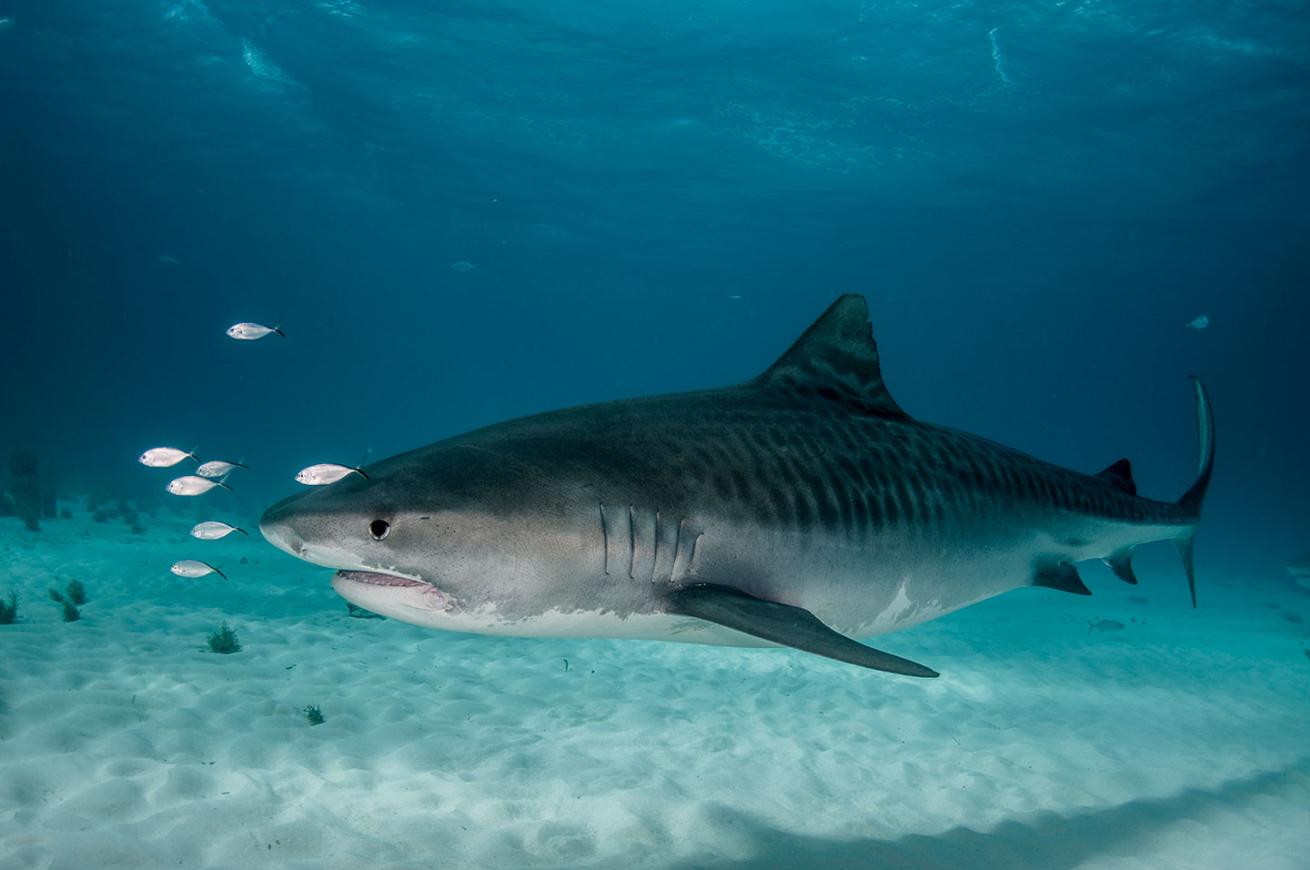
iStockA tiger shark caught and released by a Florida Panhandle fisherman provides valuable insight into the behavior of Galeocerdo cuvier.
Scientists say a fisherman’s recent catch and release of an 11-foot, 5-inch tiger shark in the Florida Panhandle has given them new insight into the behavior of Galeocerdo cuvier.
In a story written by Zack McDonald, the Panama City News Herald reported that angler Zach Wolk’s catch has helped scientists understand how large the sharks can grow and that the sharks have locations they like to return to over their lives.
Wolk caught the tiger shark in late October 2016 while surf fishing off Cape San Blas. He measured the shark, took a photo and jotted down information from its tag before releasing back into the water.
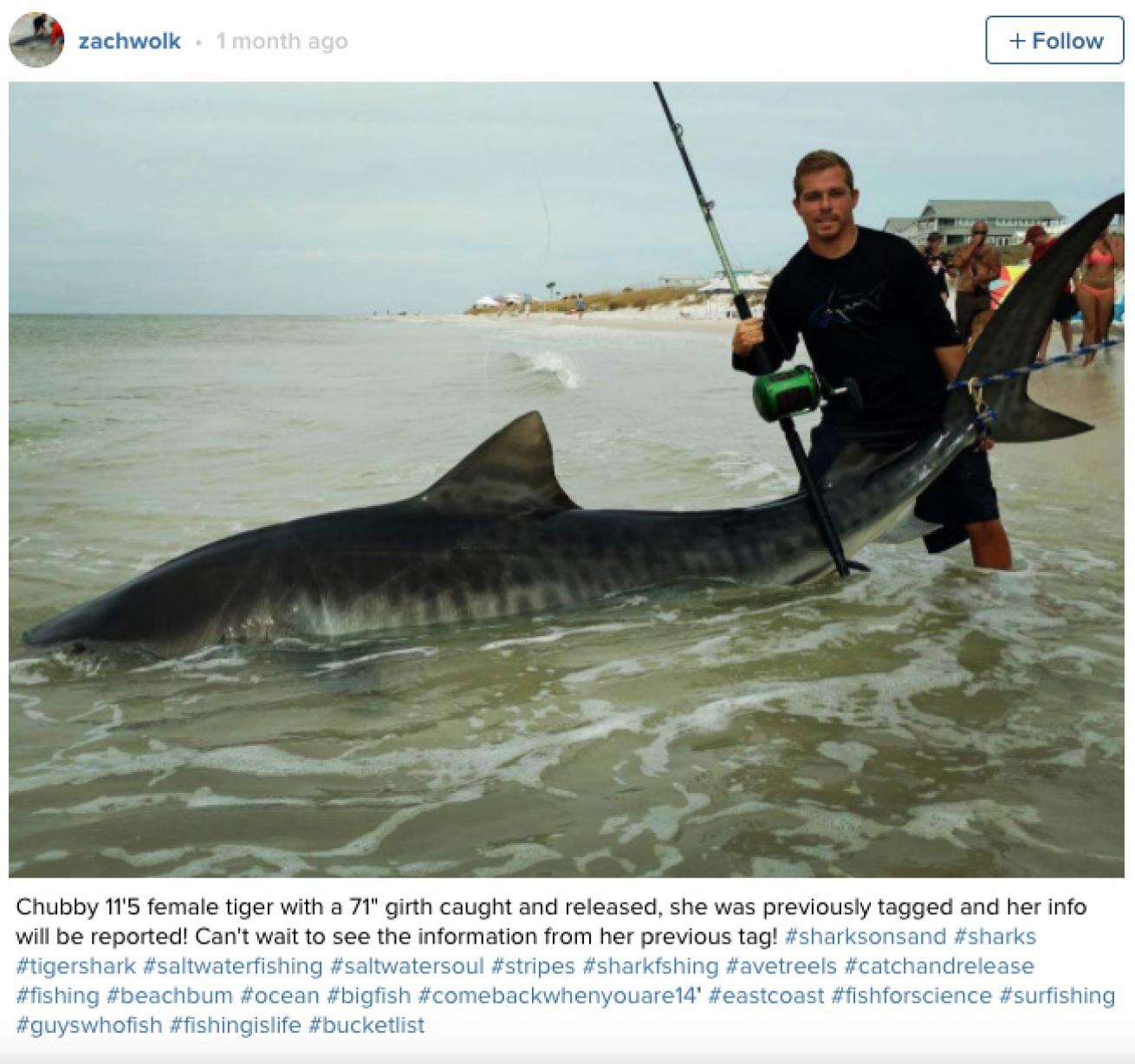
@zachwolkZach Wolk's Instagram post of the tiger shark he caught — and then released — off Florida's Panhandle.
When Wolk researched information from the tag, he learned that the shark had been caught 10 years earlier to the day when it was a 32-inch pup.
Watch video of scuba divers with a tiger shark.
The tiger shark is a requiem shark and is a relatively large macropredator, generally growing to measure between 10 and 13 feet long. Its name derives from the dark stripes down its body which resemble a tiger's pattern; these fade as the shark matures.
The tiger shark is a solitary, mostly nocturnal hunter, and is notable for having the widest food spectrum of all sharks, consuming a variety of prey ranging from crustaceans, fish, seals, birds, squid, turtles, and sea snakes to dolphins and even other smaller sharks. The tiger shark has been known to eat inedible, man-made objects that linger in its stomach, and it has a reputation as a "garbage eater".
According to McDonald's story in the Panama City News Herald, NOAA Fisheries scientists were "astounded to find the last time they saw the shark was when it was just a 32-inch pup — 10 years ago from the exact date the shark was again caught by Wolk." McDonald spoke to research biologist John Carlson, with the NOAA Southeast Fisheries Science Center in Panama City Beach, who commented: "It's amazing that it was caught 10 years ago to the day, but even more astonishing is this is the longest recapture we've gotten on a shark. To have a shark at liberty for 10 years is really interesting for us."
Read Zack McDonald's original story in the Panama City News Herald.

